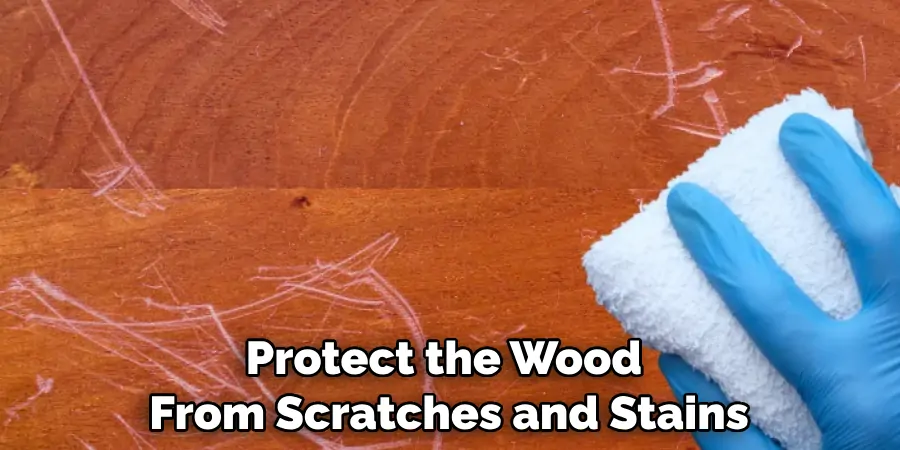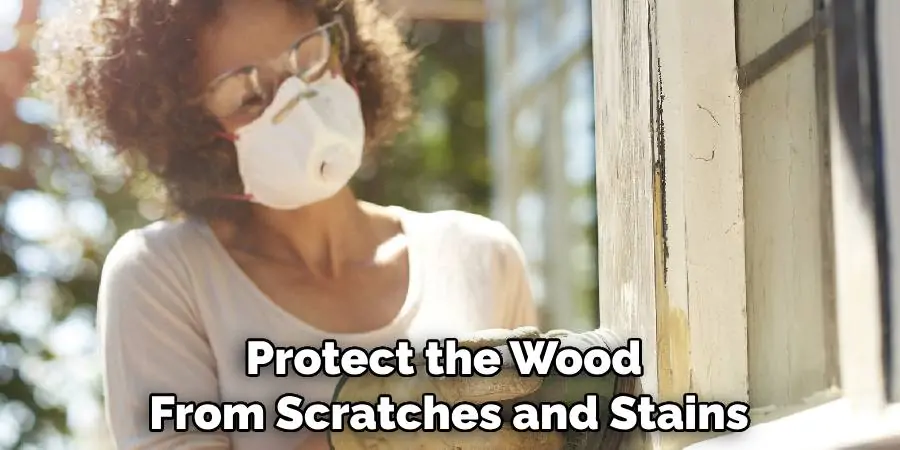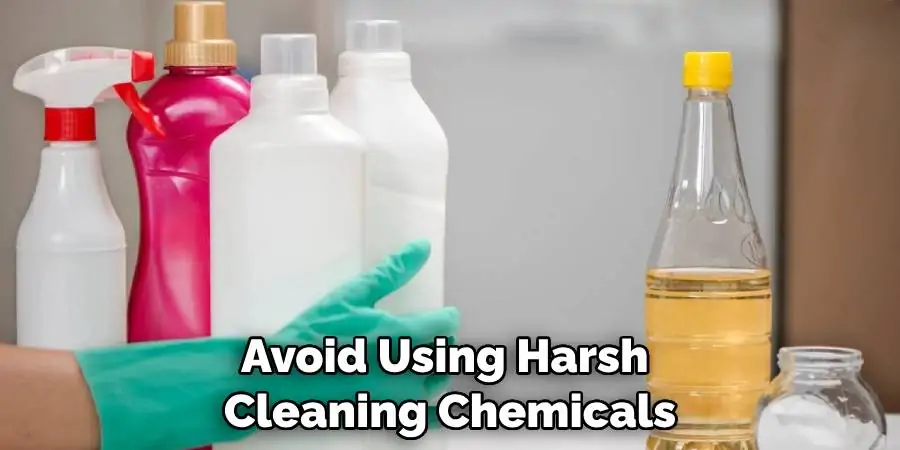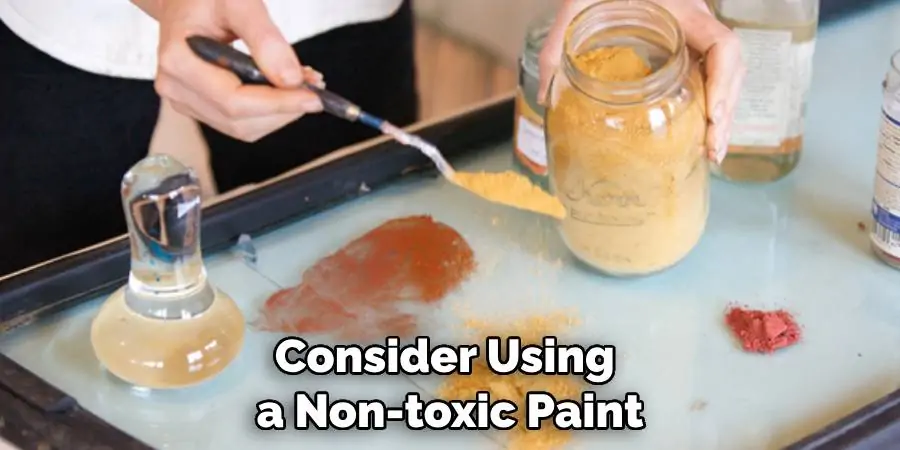
Painted kitchen cabinets can give your home a stylish and updated look, but when it’s time to remodel or change the color scheme, removing the old paint can be a difficult task. Fortunately, with the right tools and techniques, you can easily remove paint from your kitchen cabinets and prepare them for a fresh coat of paint or stain. In this guide, we’ll show you how to remove paint from kitchen cabinets and give them a new lease on life.
How do I protect the cabinets once the paint is removed?
After you have taken the time and effort to remove the paint from your cabinets, it is important to protect them to ensure that they stay looking great for a long time. There are a few different methods that you can use to protect your cabinets. One simple and effective method is to apply a clear coat of polyurethane, which will help to protect the wood from scratches and stains. This is a great option if you want to maintain the natural look of the wood and enhance its beauty.
If you want to change the color of your cabinets, you can also consider staining them with a protective sealant. This will not only protect them but will also give them a brand new look. It’s important to choose a sealant that is specifically designed for use on cabinets to ensure that it adheres properly and provides the necessary level of protection. By taking the time to protect your cabinets after removing the paint, you can enjoy your beautiful new look for years to come.

How to Remove Paint From Kitchen Cabinets in 10 Steps Guide
Step 1: Prepare the Area
Before you begin removing paint from kitchen cabinets, it is important to prepare the area. This includes clearing the countertops and covering any exposed surfaces with plastic or newspaper. You should also wear protective gear such as gloves and a face mask to protect yourself from any fumes or dust created during the removal process.
Step 2: Use a Heat Gun
A heat gun is an effective tool for removing paint from kitchen cabinets. The heat gun works by softening the paint so that it can be scraped off easily with a putty knife or other flat-edged tool. When using a heat gun, make sure to keep it at least six inches away from the surface of the cabinet and move it in slow, sweeping motions to avoid damaging the wood underneath.
Step 3: Use Sandpaper
Sandpaper is another effective way to remove paint from kitchen cabinets. Start by sanding off any loose paint chips before using finer grits of sandpaper to remove more stubborn layers of paint. Make sure to use a dust mask when sanding as this will help protect your lungs from any particles created during this process.

Step 4: Try Chemical Strippers
Chemical strippers are chemicals that are designed to dissolve old layers of paint so that they can be removed easily with a scraper or wire brush. When using chemical strippers, always follow safety instructions carefully and use them in well-ventilated areas as they can release toxic fumes when used incorrectly.
Step 5: Use Baking Soda
Baking soda is an effective yet gentle way to remove paint from kitchen cabinets without damaging the wood underneath. Simply mix baking soda with water until you create a paste-like consistency and then spread it onto the affected area with a cloth or sponge before scrubbing gently until all of the paint has been removed.
Step 6: Use Steel Wool
Steel wool is another great option for removing stubborn layers of paint from kitchen cabinets without damaging them in the process. Simply soak some steel wool in warm water for about 10 minutes before rubbing it gently over any areas where there is still some remaining paint residue left behind after other methods have been tried and failed .
Step 7: Remove Residue
Once you have removed all of the visible layers of paint, you may need to take extra steps to remove any residual residue left behind on your kitchen cabinets’ surfaces . To do this, mix equal parts white vinegar and water together before applying it directly onto affected areas with a sponge or cloth and scrubbing gently until all residue has been removed .
Step 8: Dry Thoroughly
Once you have finished removing all traces of old paint from your kitchen cabinets’ surfaces , make sure to dry them thoroughly with either a clean cloth or paper towels . This will help prevent moisture build-up which could cause further damage down the line .
Step 9: Polish & Seal
Once your kitchen cabinets are completely dry , polish them with furniture wax or sealant spray before wiping away any excess product with a clean cloth . This will help protect your newly painted surfaces while also giving them an attractive shine .
Step 10: Clean Regularly
Finally , remember that regular cleaning is key when it comes to keeping your newly painted kitchen cabinets looking their best for years to come . Make sure that you wipe away any dirt or grease build up regularly using warm soapy water and a soft cloth , paying particular attention not to scrub too hard as this could cause damage over time .
How Can I Prevent Paint From Chipping Off of the Cabinets?
Paint chipping is a common issue for cabinet owners. Fortunately, there are solutions to this problem. The first important step is to clean and sand the surface of the cabinets thoroughly before applying the paint. This will ensure that the paint adheres properly and reduces the risk of chipping. Also, using a high-quality primer can help prevent chipping by creating a strong bond between the cabinet surface and the paint. Another useful tip is to choose a paint that is specifically designed for cabinets and has excellent adhesion properties.
Lastly, avoid using harsh cleaning chemicals or using abrasive tools that can damage the painted surface. By following these simple steps, you can ensure that your cabinets remain beautifully painted and protect them from chipping for years to come.

Frequently Asked Questions
What are the best techniques for removing paint from kitchen cabinets?
Painted kitchen cabinets are a great way to add some color and personality to your home, but sometimes they just need a refresh. Removing paint from kitchen cabinets can be a daunting task, but with a few key techniques, it can be done with ease. One of the most popular methods is using a heat gun and scraper to melt and remove the paint. Another effective way is using a chemical paint stripper, which can penetrate through multiple layers of paint.
It’s important to take safety precautions, such as wearing gloves and proper ventilation, when using these methods. Ultimately, the best technique will depend on the type and amount of paint on the cabinets, so it’s important to research and test in a small area before diving into a full-scale project. By using these methods and being patient, you can achieve a beautifully refreshed kitchen without the hassle of completely replacing the cabinets.
What safety measures should be taken when removing paint from kitchen cabinets?
When it comes to removing paint from kitchen cabinets, safety should be a top priority. Before beginning any type of paint removal, it is important to wear appropriate protective clothing, such as gloves and a face mask. Choose a well-ventilated area to work in and make sure to cover nearby surfaces with a drop cloth or newspapers to protect them from any excess stripper or paint splatters. Consider using a non-toxic paint stripper to minimize your exposure to harmful chemicals.

Always follow the manufacturer’s instructions carefully and never mix different types of paint strippers. Keep a bucket of water nearby in case of any accidental spills or splatters. Lastly, always dispose of any leftover paint stripper and materials according to your local regulations. By following these safety measures, you can ensure a successful and safe paint removal process.
What are some natural alternatives to chemical paint strippers?
If you’re looking for a way to remove paint without using harsh chemicals, there are some natural alternatives available. One option is heat. A heat gun or a blowtorch can help soften the paint so that it can be scraped off with a putty knife or scraper. Another option is to use solvents made from natural oils, such as citrus or soy. These products work by breaking down the molecules in the paint, making it easier to remove. Sandblasting is another method that can be used to strip paint, though it may be too harsh for some surfaces.
Remember to always take safety precautions when using these methods, and research the best approach for your specific project. Using natural alternatives can be a safer and more environmentally friendly option for your paint removal needs.
Conclusion
In conclusion, removing paint from kitchen cabinets may seem like a daunting task, but with the right techniques and tools, it can be done effectively and efficiently. First, make sure to gather all necessary materials and protect your surroundings before starting the process. Then, choose the best method based on the type of paint on your cabinets and follow through with patience and determination. Remember to take breaks as needed, as this process can be time-consuming. Once you have successfully removed the paint, take time to properly clean and condition your cabinets to restore their original shine. Don’t forget to share your experiences with us in the comments below or on social media! We would love to hear about your journey of reviving those old kitchen cabinets. So go ahead and try out these tips for yourself – a beautiful and refreshed kitchen is just a few steps away! Thank you for reading our blog post on how to remove paint from kitchen cabinets. Happy renovating!
